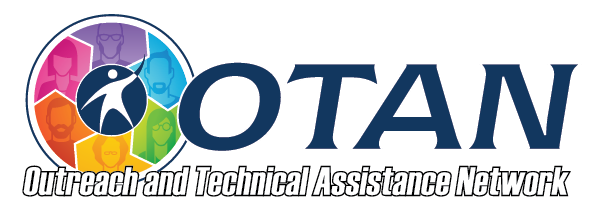Search
ASE: High School Equivalency Preparation
101 Results
Activity Description
For this activity use the site California CareerZone to help students explore, decide and grow their career future.
With the current state of the economy, more and more adult students are facing layoffs and unemployment. As a result, they are enrolling in adult education programs to retrain for new jobs or gain basic skills and technical abilities to keep their current jobs, or are exploring other career possibilities. These students may come to you with vocational and career-related questions, and the following online resources could be of assistance in answering their questions, or you may choose to incorporate job search and career exploration into your curriculum.
The document, Career Exploration, and Information Sites explore several useful sites, many of which have personality and skills inventories to help students find a field that suits their abilities, experiences, and preferences. Many sites also have videos showing people on the job, interviews, and current labor market information including demand, pay, and education or training required. The resource gives great guidance on how to organize your job preparation lesson plans.
Sites include:
California CareerZone, other budget, and salary-related sites, sites for personality and other types of self-assessments, sites to help students investigate a specific career, sites that use online classified advertisements, and other occupational online resources.
Program Areas
Levels
Activity Description
Use ChatGPT to help students understand complex texts within prospositions during upcoming elections.
Program Areas
Levels
Activity Description
Use the citation tool in Google Docs to cite an article from ProCon.
Program Areas
Activity Description
Program Areas
Levels
Activity Description

